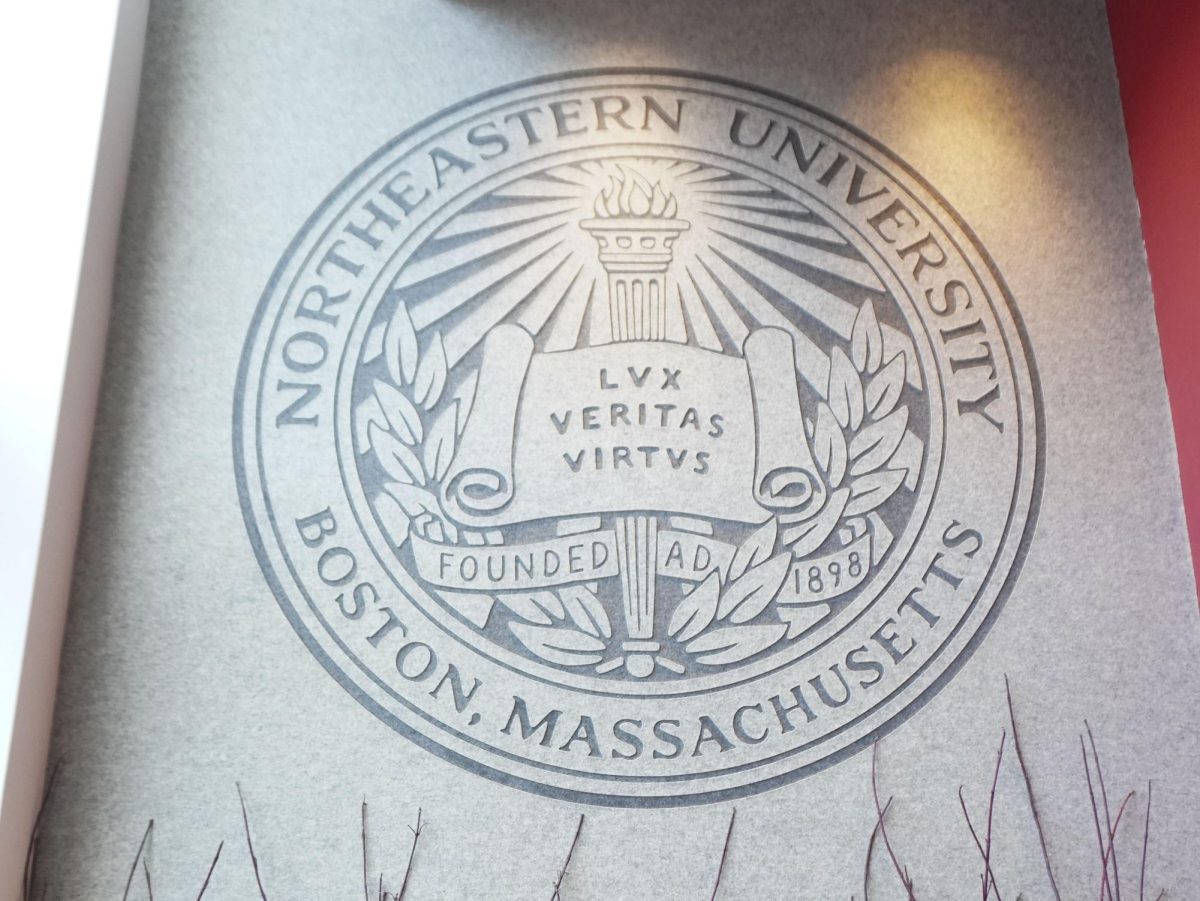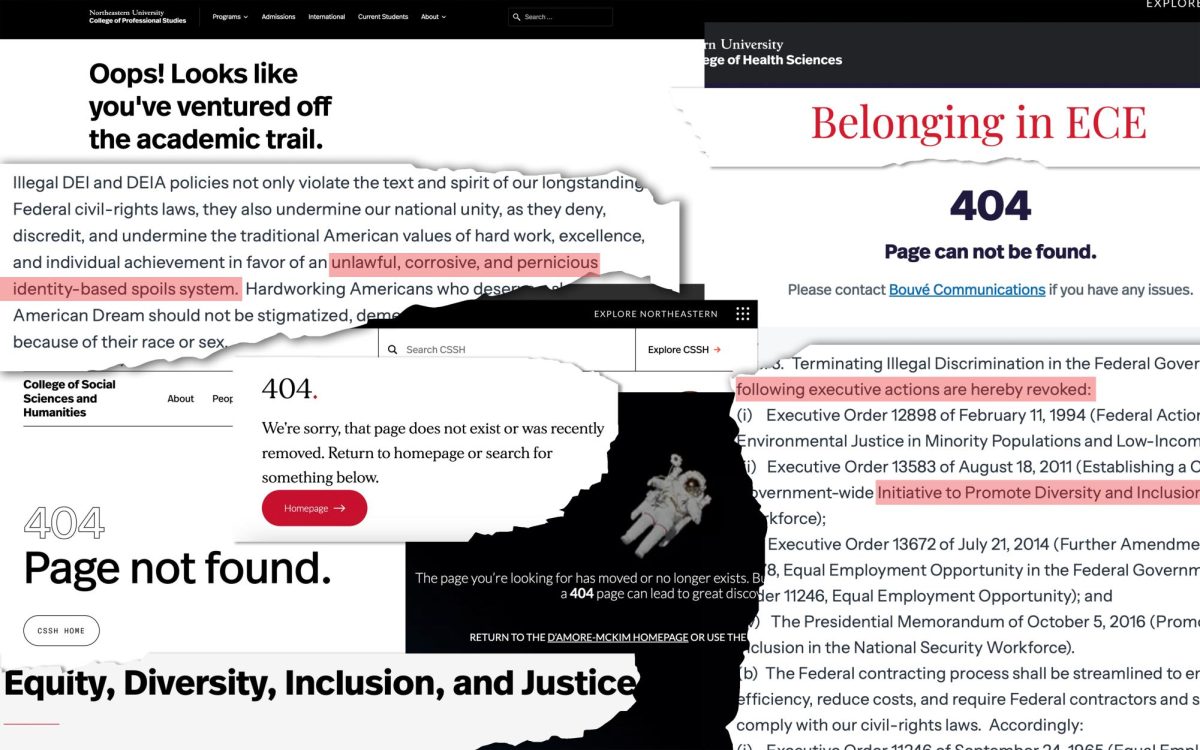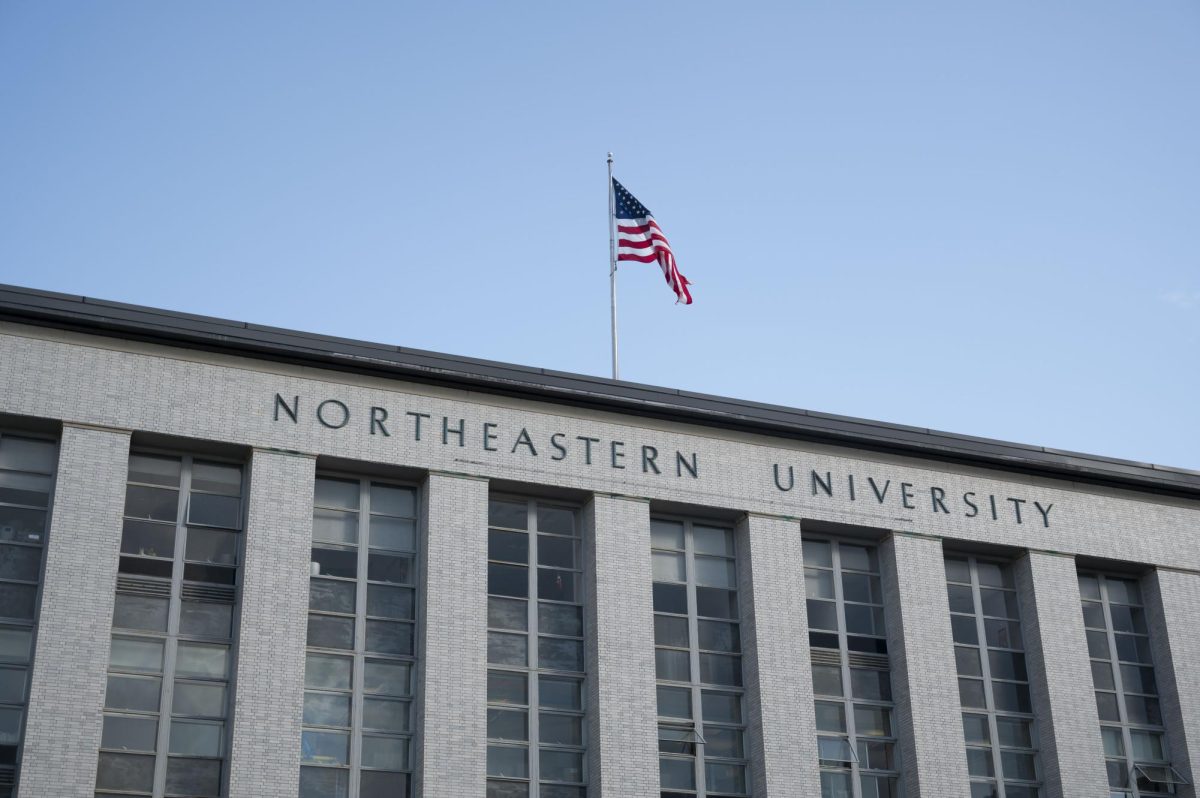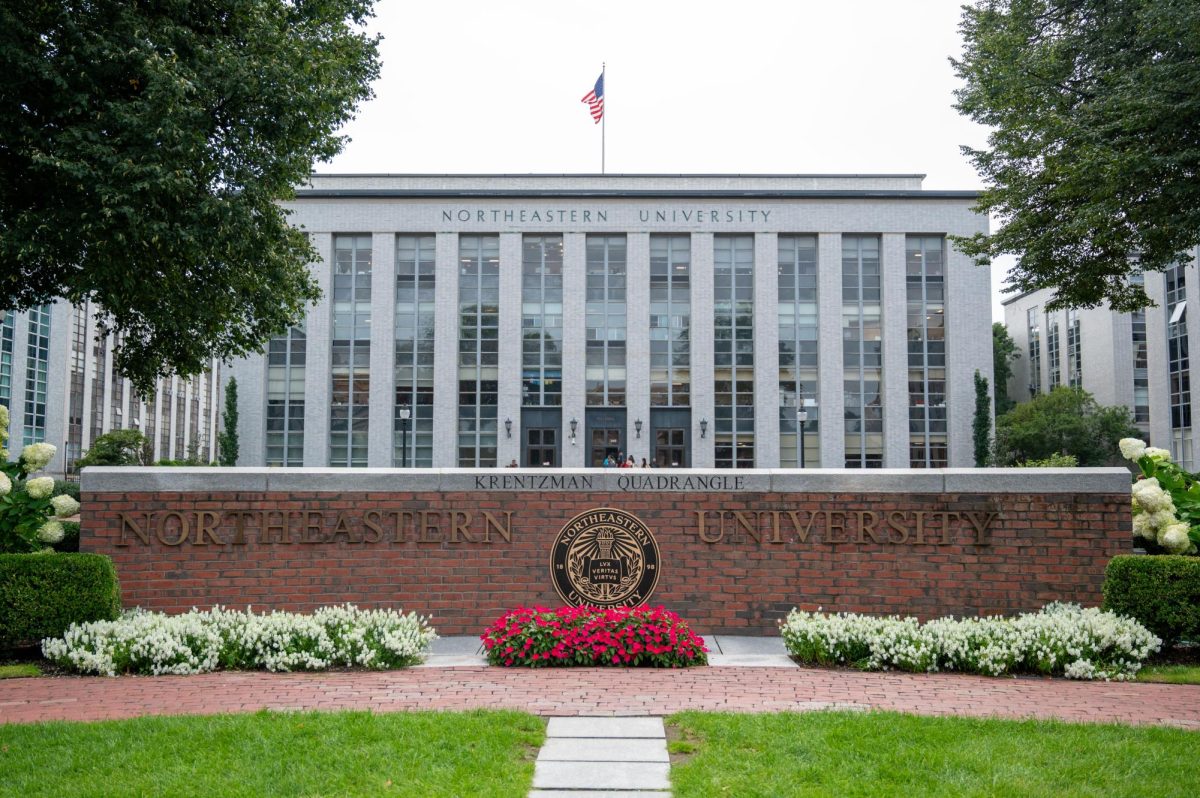Sunday mornings, Laura Quaranta goes to South Boston to buy local organic fruits and vegetables. The limber blonde, who travels by skateboard, said she recently converted her mother and two friends to her diet of locally-grown food.
Quaranta is part of a growing movement of “localvore,” who want to eat locally-grown food. But the senior environmental studies major wasn’t always this way.
She entered Northeastern as a middler sociology major and did not think twice about where her food came from or the global effects her personal diet could create. But her interest was peaked when she read an article her about sustainable development that explained how human activities are depleting our natural resources, which aren’t able to regenerate quickly enough to keep up with the demand, Quaranta said.
“I did my own research and [made] sure I got information from both sides,” she said. “What did it for me was when I could tie the ecological problems and nutritional problems of the world. I realized how much fossil fuels we are burning to transport produce across countries and continents.”
Environmental studies professor Jennifer Cole said localvores the “eat local” trend is boosting business at local farmers markets – there were 135 statewide this year, up from 88 five years ago, according to the State Department of Agriculture.
Sunday, in the parking lot by the intersection of Waltham and Harrison avenues around 3 p.m., employees of Silver Brook Farm serve their last customers of the day.
Running the farm stand were Ellie Early and Nathan Tripp, who both live and work at Silver Brook Farm while studying at the University of Massachusetts at Dartmouth. They make the trip to South Boston to sell fresh produce every Sunday.
“[The Silver Brook Farm stand] is the closest to Northeastern campus – it’s only 15 minutes away,” Quaranta said of her favorite farm stand.
In Boston, local farmers’ markets can be found every day of the week – from Jamaica Plain, to Brigham Circle, to the bustling Haymarket.
A real indicator of environmental awareness was not the shoppers, but their accessories, Early said, “People bring these back,” said Early pointing to the small cardboard crates used for tomatoes and onions. “People say ‘I don’t need a plastic bag, I don’t need to waste more plastic.'”
Customers at area farmers markets, where business peaks September and October, say locally grown food is fresher and healthier. Many also enjoy the fact that buying local supports the region’s farms, which in turn helps preserve open space throughout the region. And contamination incidents, like the contaminated spinach from California last year, also helped spark a demand for local produce.
“Another reason that I don’t support a grocery store is because they import from countries that have lower environmental regulations,” Quaranta said. “Their practices are usually deplete the land. They support excessive use of pesticides, a lot of fertilizer, and basically, the soil is ruined. It’s not ridiculously cheap to grow food in a responsible, or sustainable way.”
But Massachusetts does have the potential to increase its local agriculture. Studies by the University of Massachusetts suggests the state could produce up to 35 percent of its own food, compared with the 12 percent it now produces. And Massachusetts farmers are already making more money selling directly to consumers than do farmers in any other state, according to the State Department of Agriculture.
Massachusett’s agricultural website reports 85 public school districts and 13 colleges across the state that obtain at least a portion of food from local farmers.
“I don’t know as much about Northeastern, but I do know at Harvard










